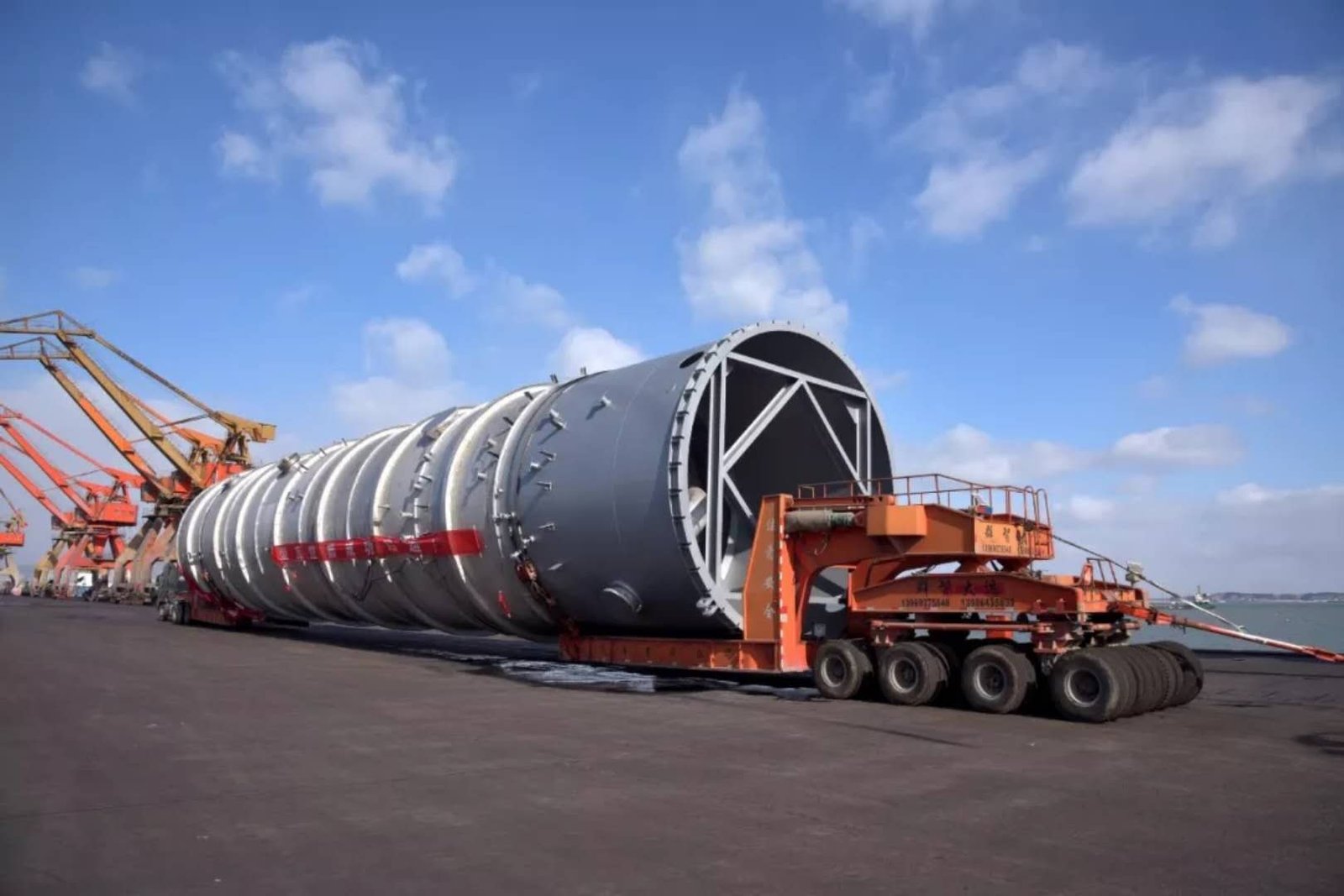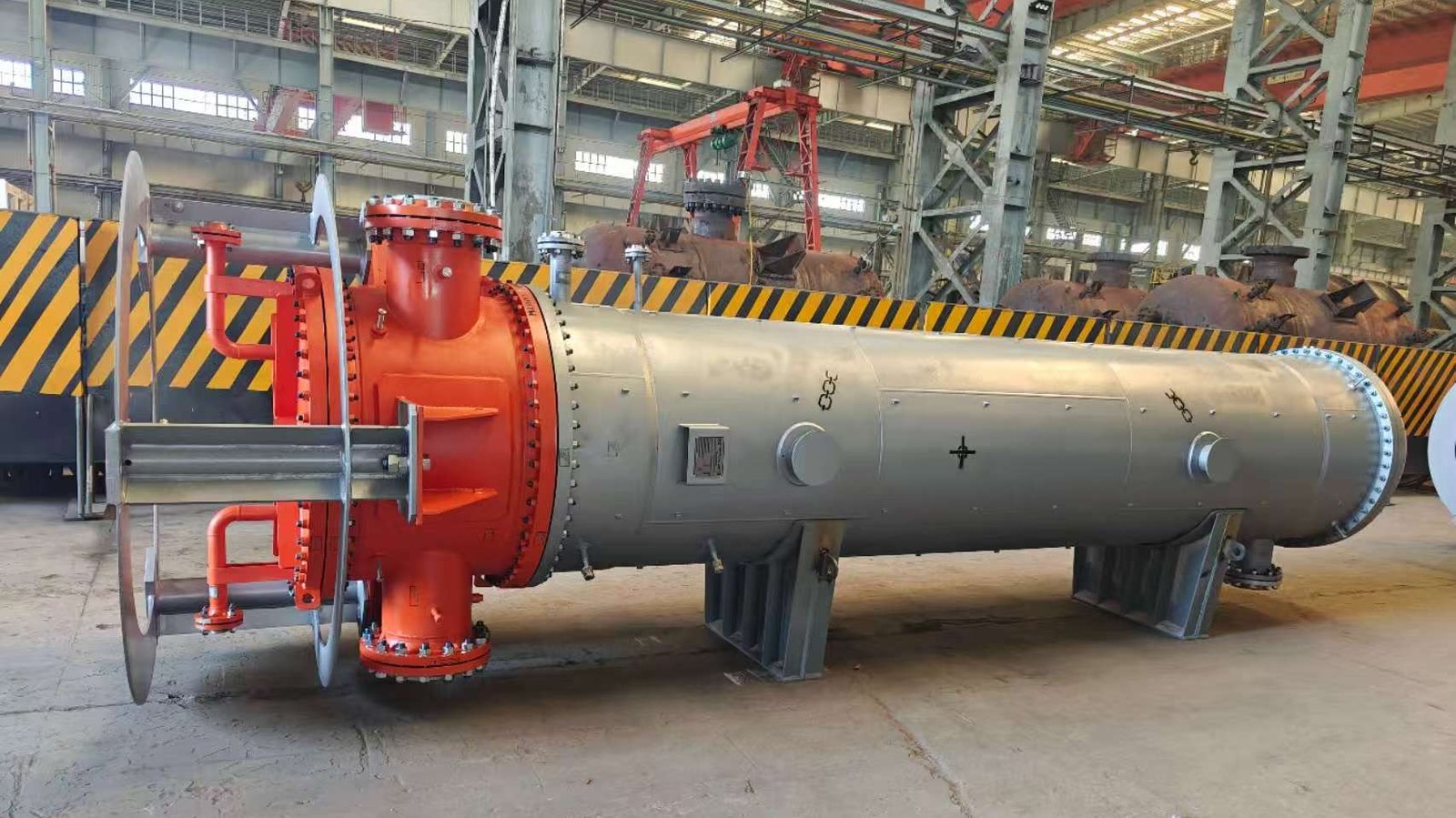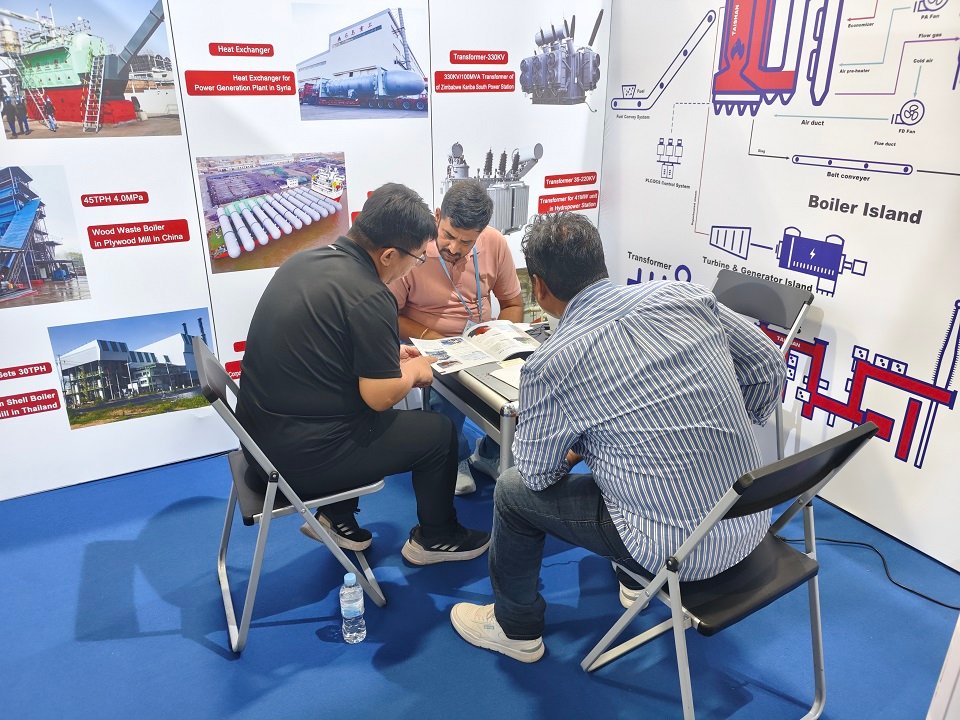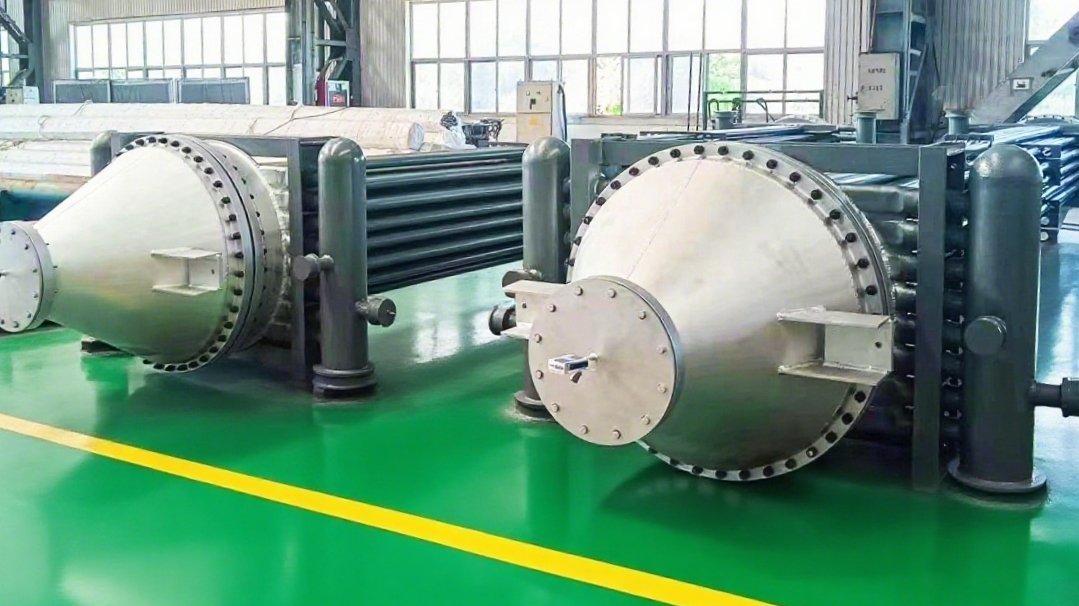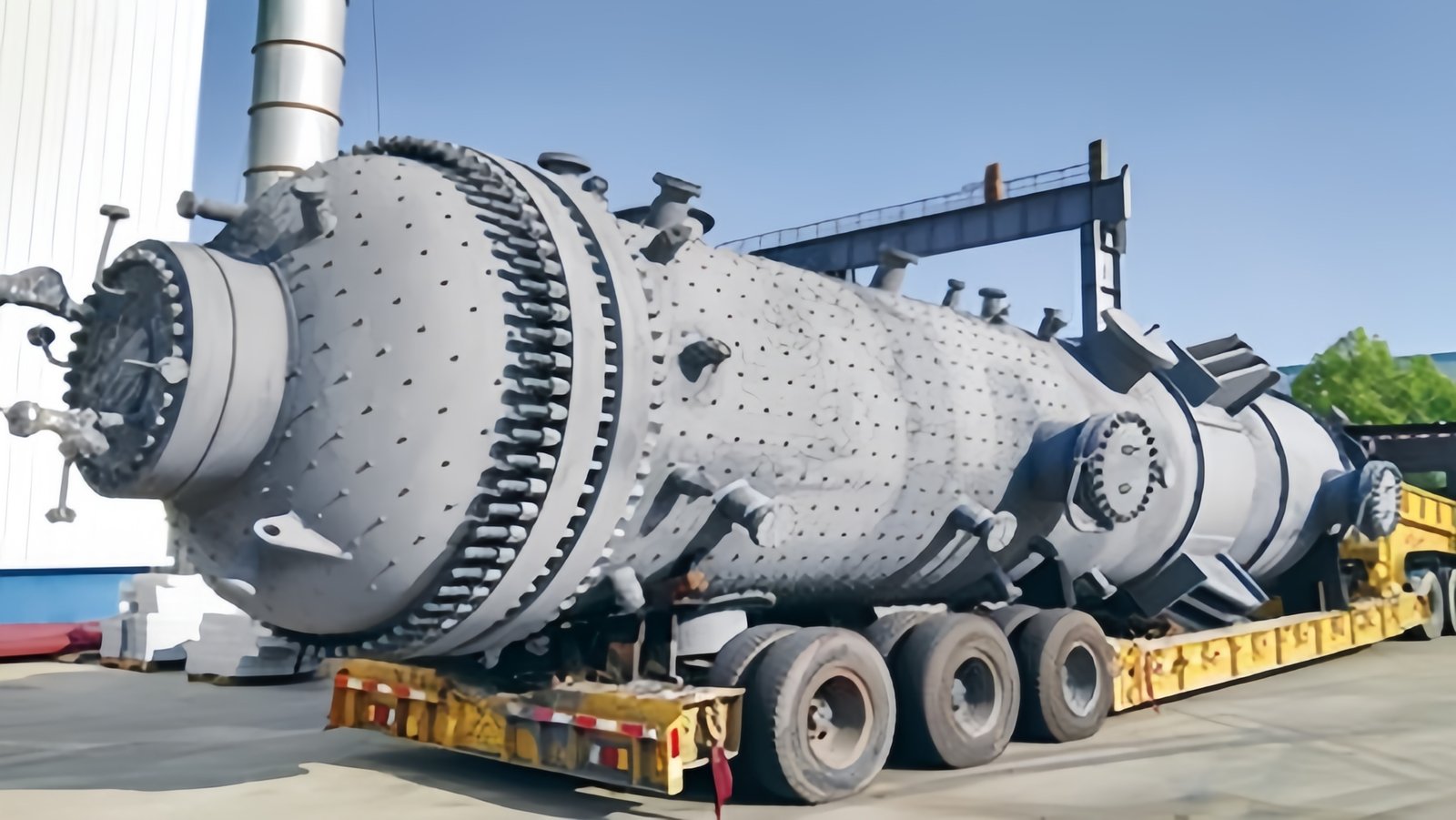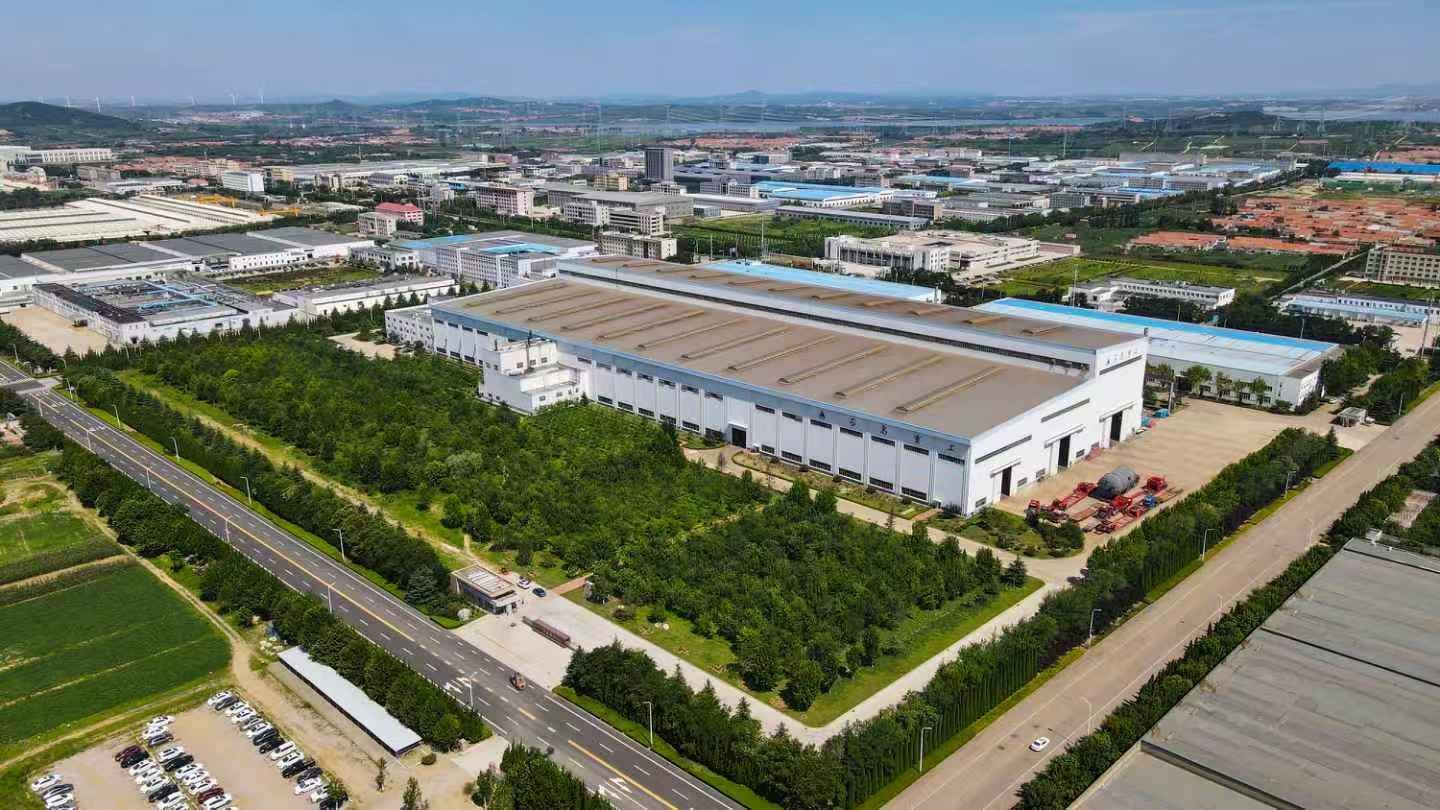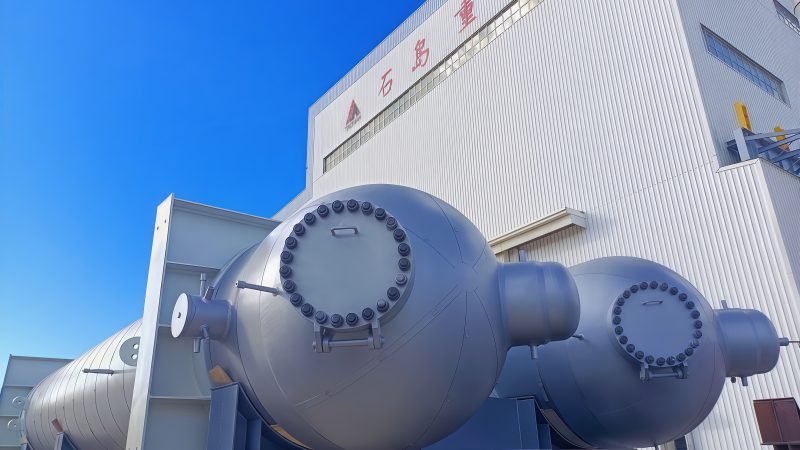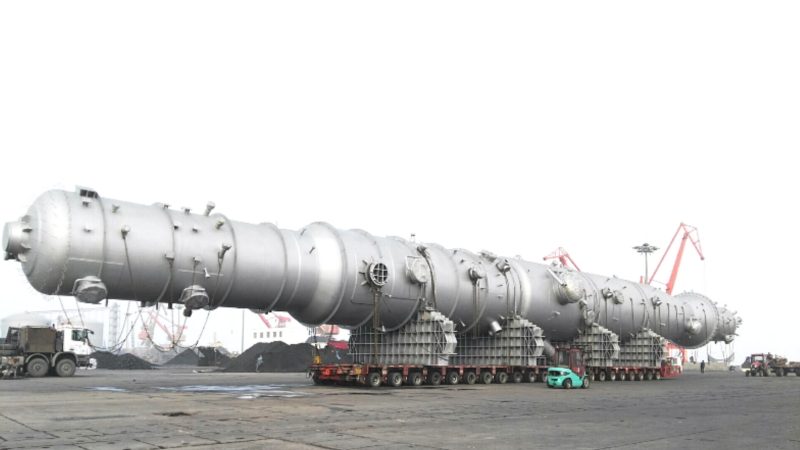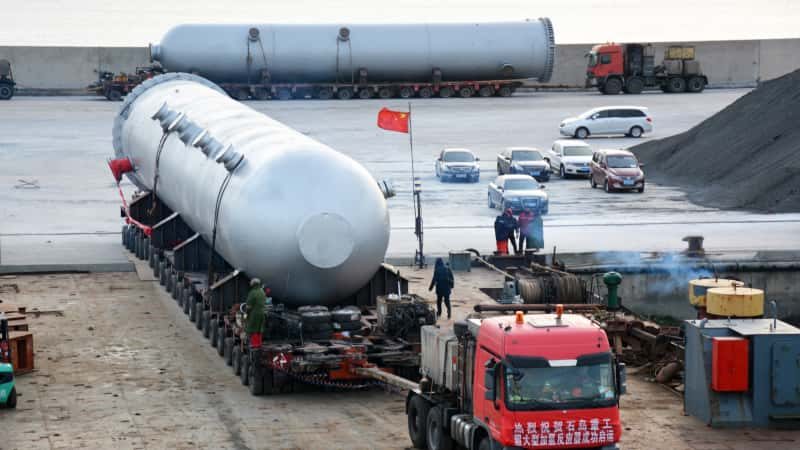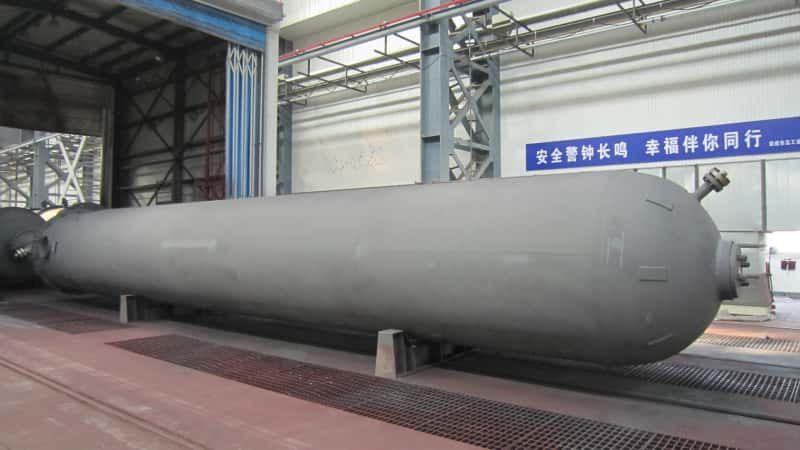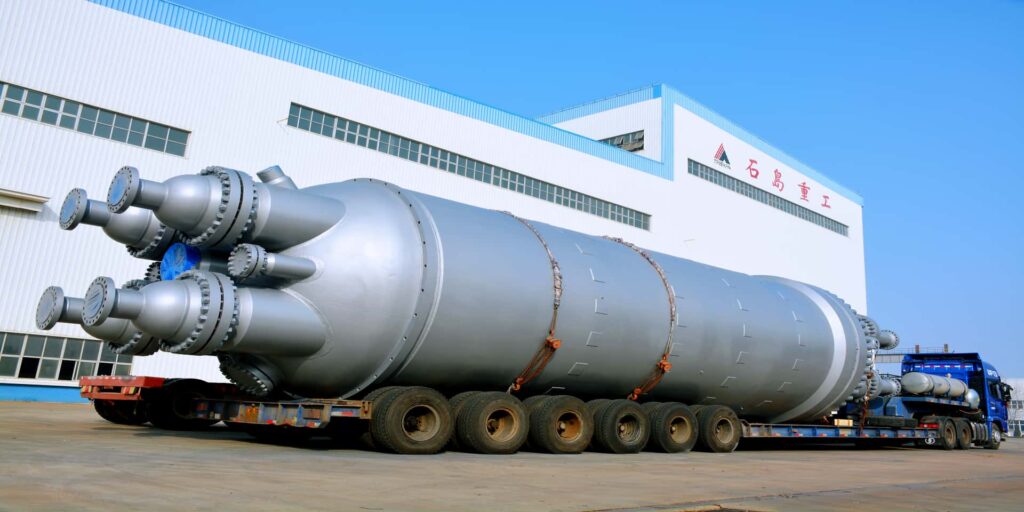
Many people mistakenly assume that boilers and pressure vessels are the same due to their shared purpose of containing pressurized fluids. However, misidentifying or misapplying one for the other can lead to serious operational errors, safety hazards, and code violations. While both are governed by pressure-related safety codes and may appear physically similar, their function, design, operating conditions, and regulatory classifications are very different. This article will provide a clear, professional comparison between a boiler and a pressure vessel to help you understand their unique roles, proper usage, and how they interact in industrial systems.
A boiler is a type of pressure vessel specifically designed to generate steam or hot water through the application of heat energy, whereas a pressure vessel is a broader category of sealed containers that hold gases or liquids at pressures different from atmospheric levels without necessarily involving heat generation.
Understanding the differences between boilers and pressure vessels is critical for engineers, facility managers, and maintenance professionals to ensure correct equipment selection, code compliance, and safe operation.
\
All boilers are pressure vessels, but not all pressure vessels are boilers.True
Boilers fall under the category of pressure vessels because they contain pressurized fluid, but most pressure vessels are not boilers because they don't involve heat generation for steam.
Functional Comparison: Purpose and Operation
Boiler
A boiler is a specialized pressure vessel designed to generate steam or hot water by applying heat, typically via fuel combustion, electric heating elements, or waste heat recovery.
- Input: Water + Heat
- Output: Steam or Hot Water
- Primary Function: Thermal energy transfer and generation
Pressure Vessel
A pressure vessel is a sealed container designed to store, process, or contain fluids (liquids or gases) under pressure. It does not necessarily involve heating or phase change.
- Input: Pressurized fluid (or process fluid)
- Output: Stored or processed fluid
- Primary Function: Pressure containment
Functional Comparison Table
| Aspect | Boiler | Pressure Vessel |
|---|---|---|
| Purpose | Generate steam or hot water | Store or process fluids under pressure |
| Requires Heating? | ✅ Yes | ❌ Not necessarily |
| Involves Phase Change? | ✅ Often (liquid to steam) | ❌ Not typically |
| Primary Output | Steam or hot water | Pressurized gas or liquid |
| Safety Concern | Risk of explosion due to steam generation | Risk of rupture due to overpressure |
Design and Construction Differences
| Design Feature | Boiler | Pressure Vessel |
|---|---|---|
| Heat Source | Combustion chamber, burners, electric coils | Usually none; may have internal coils if used indirectly |
| Internal Components | Tubes, drums, economizer, firebox | Nozzles, baffles, trays, internal coils (optional) |
| Insulation Required? | ✅ Yes (thermal loss prevention) | ❌ Not usually required unless for temperature control |
| Typical Orientation | Horizontal or vertical (fire-tube or water-tube) | Horizontal, vertical, spherical depending on use |
| Material Stress Types | Pressure + thermal expansion | Primarily pressure stress |
\ Boilers are always designed for water heating only.False Boilers are also designed for steam generation, which is often their primary function in power plants and industrial applications.
Internal Structure Illustration
| Component | Boiler Function | Pressure Vessel Function |
|---|---|---|
| Shell | Contains water and steam | Contains pressurized media |
| Tubes | Water tubes for heat transfer | Not typically present |
| Burner | Heats water to create steam | Not applicable |
| Nozzles | Connect fluid inlets/outlets | Connect fluid inlets/outlets |
| Safety Valve | Prevents overpressure | Prevents overpressure |
Pressure, Temperature, and Operating Conditions
| Parameter | Boiler | Pressure Vessel |
|---|---|---|
| Typical Pressure Range | 15–3,000 psi (high-pressure steam systems) | Vacuum to >100,000 psi (depending on design) |
| Temperature Range | 100°C – 600°C (water/steam) | -50°C to 800°C depending on contents |
| Media | Water, steam | Air, gas, liquids, chemical mixtures |
| Control Systems | Water level, flame control, pressure switch | Pressure, temperature, flow control |
\ Pressure vessels are not designed to operate at high temperatures like boilers.False Some pressure vessels are designed for extremely high-temperature environments, especially in chemical and refinery applications.
Code and Regulatory Compliance
Both boilers and pressure vessels fall under the jurisdiction of high-stakes regulatory bodies and standards, but they are classified and certified differently.
Key Codes
| Standard/Code | Applies to Boilers | Applies to Pressure Vessels |
|---|---|---|
| ASME Section I (Power Boilers) | ✅ Yes | ❌ No |
| ASME Section IV (Heating) | ✅ Yes | ❌ No |
| ASME Section VIII | ❌ No | ✅ Yes |
| PED 2014/68/EU | ✅ Yes | ✅ Yes |
| NBIC (National Board) | ✅ Yes | ✅ Yes |
Certification Requirements
| Boiler | Pressure Vessel |
|---|---|
| Must be stamped as “S” (power) or “H” (heating) | Must be stamped with “U” or “UM” symbol |
| Requires boiler inspector approval | Requires ASME-certified fabricator |
| Specific to steam generation and combustion | General pressure containment across industries |
\ Boilers are certified under ASME Section VIII like other pressure vessels.False Boilers are certified under ASME Section I or IV, depending on their type, not Section VIII which governs general pressure vessels.
Real-World Applications
Boiler Applications
| Industry | Application |
|---|---|
| Power Generation | High-pressure steam for turbines |
| Food & Beverage | Steam for sterilization and cooking |
| Hospitals | Steam heating, autoclaves, sanitation |
| HVAC Systems | Hot water for building heat |
Pressure Vessel Applications
| Industry | Application |
|---|---|
| Oil & Gas | Gas separators, scrubbers, storage vessels |
| Chemical Processing | Reactors, absorbers, distillation columns |
| Air Systems | Compressed air receivers |
| Water Treatment | High-pressure RO membrane housings |
Summary
To sum up:
- A boiler is a specialized heat-generating pressure vessel designed to create steam or hot water by heating water under pressure.
- A pressure vessel is a broader category of sealed containers used to store or process fluids under pressure, not necessarily involving heat or phase change.
- While all boilers are pressure vessels, not all pressure vessels are boilers.
- They are governed by different ASME code sections and designed for distinct functions with different risks and operational requirements.
Need Help Selecting or Designing the Right Vessel or Boiler?
We design and fabricate ASME-certified boilers and custom pressure vessels to meet your industry’s specifications. Whether you need steam for your plant or high-pressure containment for chemicals, contact us today for expert guidance, safe designs, and code-compliant fabrication.

